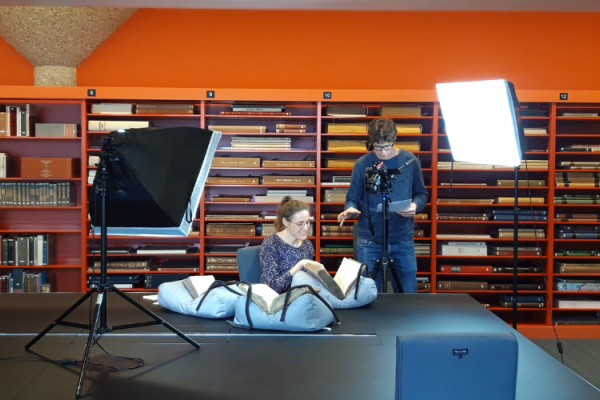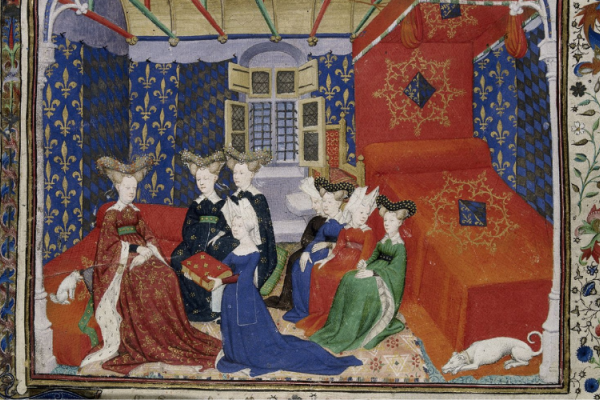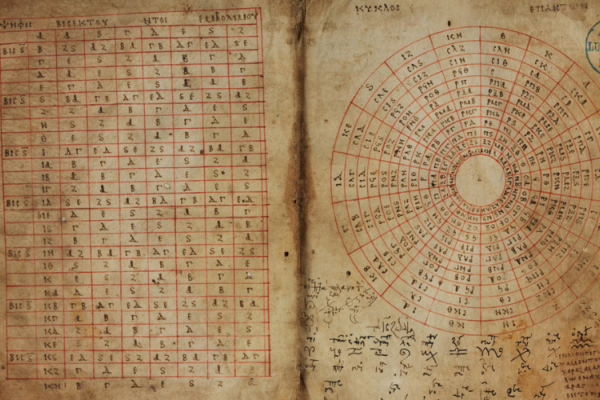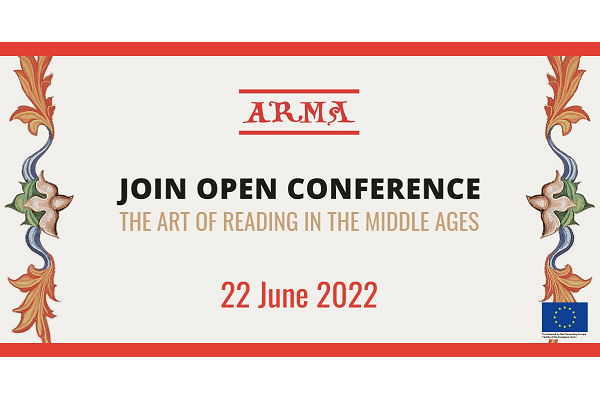The Middle Ages is a crucial part of European history, lasting approximately from the 5th to the 15th centuries. Although often misrepresented and considered brutal or unsophisticated, this long and complex period of history was in fact a time of thriving arts and great inventiveness.
To showcase the importance of this period, the ARMA - the Art of Reading In The Middle Ages project - offered audiences a range of editorials in various formats. A total of 40 editorials including the Middle Ages feature page and the online exhibition ‘The Art of Reading in the Middle Ages’ was carefully created for the project. The online exhibition was published in English and translated into Dutch, German, Czech, Slovene, and French.
The project also involved curators and educators to design inspiring and innovative learning materials using digitised medieval manuscripts. The project targeted primary, secondary and post-secondary students. In total, 34 curatorial activities were published on the project website and highlighted in the Europeana Classroom.
Furthermore, the project delivered 66,327 newly and updated records to the Europeana website, of which 65,885 (or 99%) are in Tier 2+ of the Europeana Publishing Framework. 58 records are 3D content reflecting diverse topics including bronze and ceramic objects to religious content from the Middle Ages. Finally, 62,217 objects of the 66,327 records were delivered using IIIF protocols to ensure that all digitised images in high quality.
The use of IIIF protocols is not yet widely implemented across cultural heritage institutions in Europe. Project partners presented their lessons learned on the implementation and use of the IIIF protocols on a set of recommendations available below.
Visit the project website.
.jpeg)





